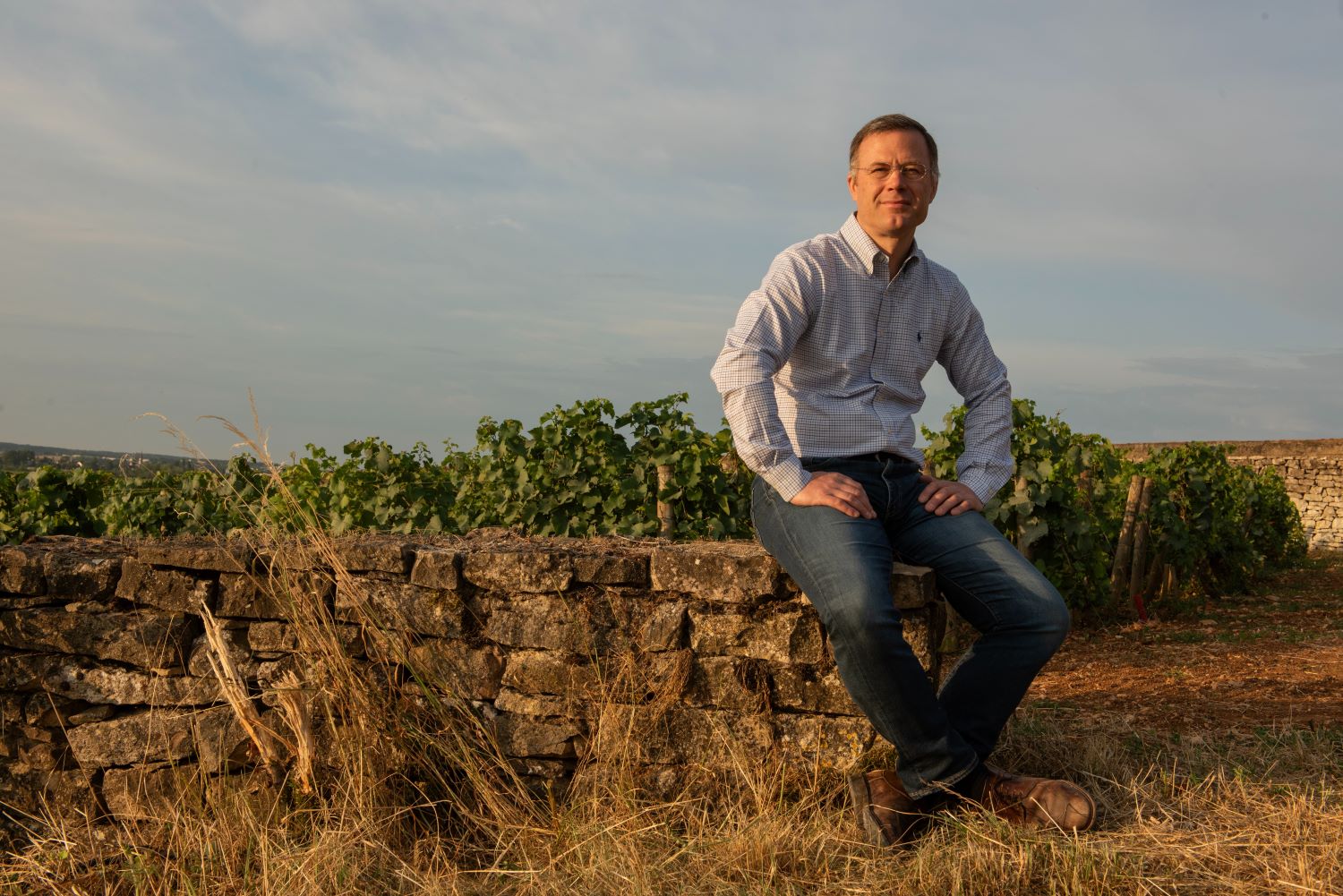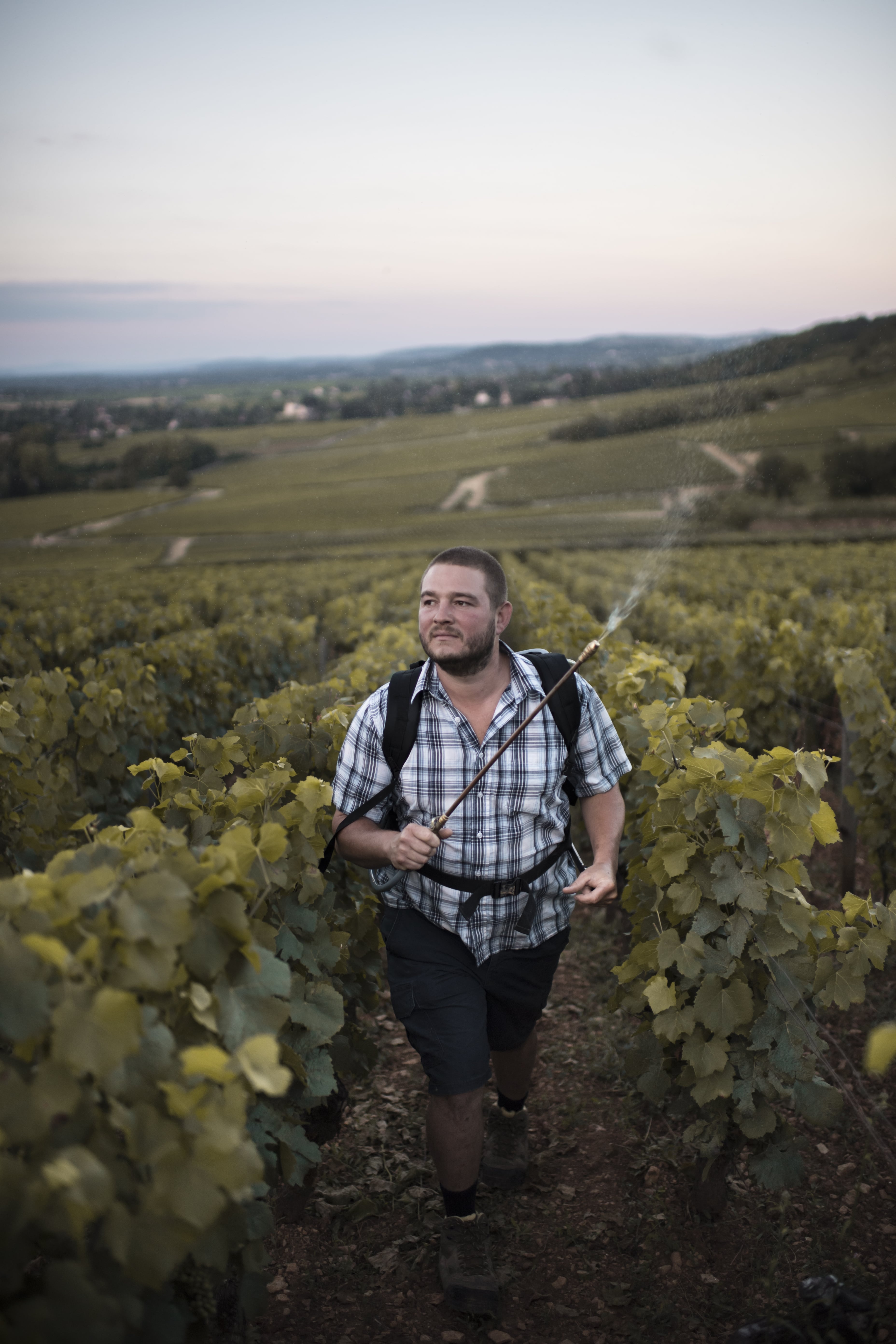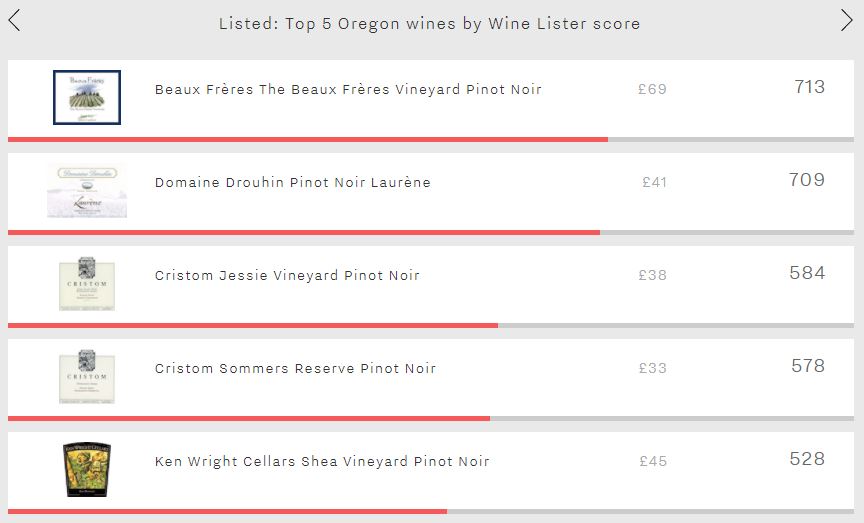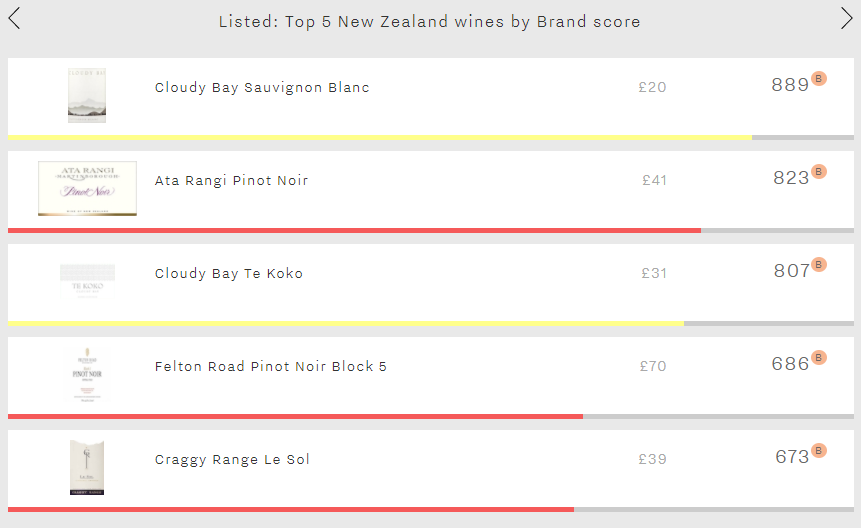France’s 50 best winemakers: Marie-Andrée and Marie-Christine Mugneret of Domaine Georges Mugneret-Gibourg
“When we arrived on the scene, there were very few women in this profession,” recount two sisters who co-own and manage this exceptional Burgundy estate.
Occupying the #2 position in Le Figaro Vin’s ranking of France’s Best Winemakers 2023 are Marie-Andrée Nauleau-Mugneret and Marie-Christine Teillaud-Mugneret of Domaine Georges Mugneret-Gibourg. One of Burgundy’s hidden treasures, their domaine is today considered to be a jewel in the region’s crown, despite its understated discretion.
The pair’s father, Georges Mugneret, believed, “It is not a job for women!”. Following his untimely death in 1988, the sisters were faced with a dilemma: should they sell their precious plots to the buyer their father had found before his death, or should they rise to the challenge of taking over the estate? In a heartwarming turn of events, the buyer stepped back chivalrously from the deal, encouraging their mother, Jacqueline, to allow her daughters to write a new chapter in the family history. For Marie-Christine, a pharmacist by trade and already a mother, this entry into the world of wine was unexpected. By contrast, her sister Marie-Andrée, nine years her junior, had always dreamed of working alongside their father. Barely 20 at the time of his death, the young woman was already immersed in her oenology studies. Marie-Christine was the first to join the estate in 1988, and Marie-Andrée followed her when she finished her studies three years later.
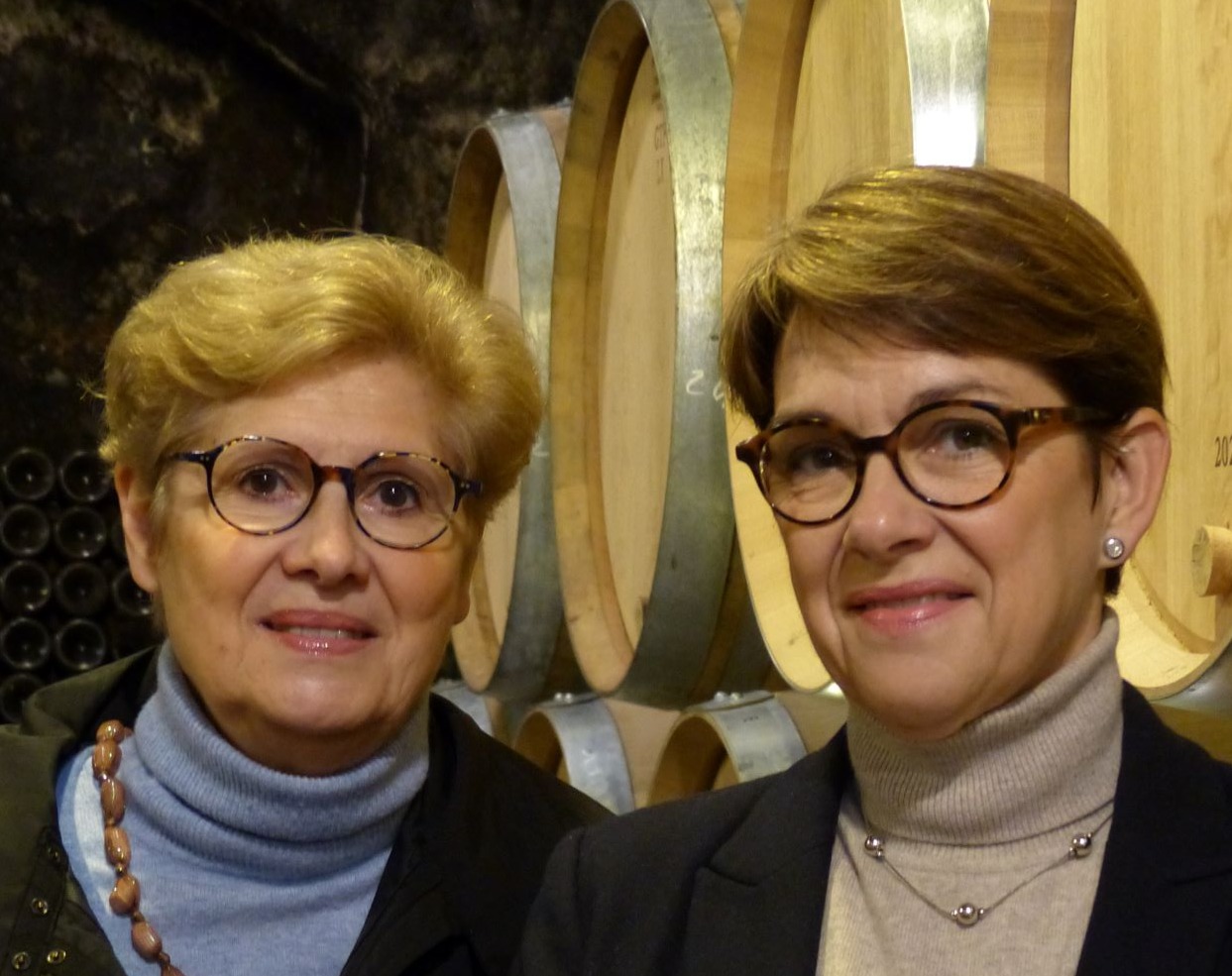
The Mugneret sisters, who together represent the third generation of winemakers in the family, make a formidable team, with Marie-Christine in the cellar, and Marie-Andrée in the vineyard. The two women have not lost their taste for hard work, even after more than thirty years at the helm. Today, their wines are every bit as good as their better-known Vosne-Romanée neighbours: caressing, full-bodied and sumptuous, they are the ultimate expression of the extraordinary purity and finesse of Pinot Noir.
How does it feel to be crowned a winemaking champion?
Marie-Christine Teillaud-Mugneret: Unlike a sporting champion, you don’t necessarily realise straight away that you’re a wine champion. It’s during the various tastings that you realise that you’ve succeeded with the vintage.
Marie-Andrée Nauleau-Mugneret: I’d never asked myself that question. The idea of being wine champions is somewhat abstract for us.
How long have you been training?
M-C-T-M: For 35 years. As the eldest sister, I started first, in 1988, because Marie-Andrée hadn’t yet finished her oenology studies, so I’ve had three more years with the estate.
M-A-N-M: That makes it 32 years for me, officially, but it’s a profession that we were familiar with long before that, when we were children.
Who are your mentors?
M-A-N-M: In the truest sense, it was our father, because he was the person we worked with the most. We lost him at a very young age, as he died at 59. We also have memories of what our grandfather, who was an excellent craftsman, told us, so we have two different mentors, each with their own method. Our grandfather’s method was more traditional, while our father’s was more innovative. Another of our mentors are the vintages we’ve experienced, year after year.
Is winemaking a team sport?
M-C-T-M: Yes, it would be complicated to be a winemaker on your own. We inevitably have to work with other people.
M-A-N-M: When harvest rolls around, which is the culmination of a year’s work in the vineyards, we really feel the cohesion of the team. That’s the strength of our work!
What is the key to making a good wine? The terroir or the winemaker?
M-A-N-M: Both. The winemaker must work in perfect harmony with the terroir. If the winemaker does not adapt to the terroir, or if he or she lets the riches offered by the terroir go to waste, there will be no good wine.
M-C-T-M: With a difficult terroir, even the best winemaker will not be able to express perfectly his art.
To what do you owe your success?
M-A-N-M: We owe it to the education and legacy that has been handed to us. I’m not talking about inheritance when I say legacy, but the work ethic that was instilled in us. When Marie-Christine and I took over the estate in 1988, before even thinking about satisfying the wine critics, it was absolutely essential that we got each vintage right, that we did our job as well as we could. That is what has enabled us to climb the rungs of this magnificent profession, one by one. We also owe it to the support of our mother, who has played a key role, even though she was never involved in the production.
M-C-T-M: We had grandparents and parents who encouraged us to focus on the smallest details. Just skimming the surface wasn’t enough.
Are your daughters proud of you?
M-C-T-M: I think so, yes.
M-A-N-M: Yes, but not necessarily in terms of professional success. I think they’re especially proud of the fact that, as women and mothers, we’ve managed to make our mark, vintage after vintage. In 1988, when we arrived on the scene, there were very few women in this profession. We didn’t have any brothers or cousins, so we had to push on. I think our daughters are prouder of that aspect than of the estate’s reputation, which came later.
Who is your most important sponsor?
M-A-N-M: Nature, the perfect suitability of the Pinot Noir grape variety, which we are lucky enough to grow, and these terroirs, microscopic on a global scale, which we are lucky enough to manage.
M-C-T-M: Nature can be our best supporter, just as it can be our most terrible adversary.
What’s your favourite colour?
M-C-T-M: Blue, matched with ruby.
M-A-N-M: Blue, too, because it’s the colour of the sky and of the sea.
M-C-T-M: Sometimes, when we arrive in the morning, we are dressed practically the same, even without meaning to.
Your favourite grape variety?
M-A-N-M and M-C-T-M (in unison): Pinot Noir!
M-A-N-M: We’re so lucky to have been born here! Pinot Noir offers unrivalled delicacy and variety. Even when it’s grown in other regions, it’s a grape variety that captivates us.
Your favourite wine?
M-C-T-M: I like the Nuits-Saint-Georges Premier Cru Les Chaignots, it’s a safe bet, whatever the vintage, whatever the moment, whoever you open it with. I often compare wines to people, and for me it’s a reliable friend you can count on.
M-A-N-M: For me, it’s the Ruchottes-Chambertin (Grand Cru, ed.). I remember very well when our father bought the plot, because it was a wonderful story involving the Rousseau family. It’s a wine that has charmed everyone, like a new-born baby that wasn’t expected. It’s not exuberant, but delicate.
What’s your favourite vintage?
M-A-N-M: 2002. We liked it so much that, unfortunately, we don’t have much left in the cellar. It offered the generosity of a sun-drenched vintage, but with the great delicacy of a cooler, wetter year.
M-C-T-M: For me, it would be the 2012, ten years later. It’s a vintage full of finesse, which admirably expresses all the terroirs. With this vintage, produced in small quantities, we really have the expression of Pinot Noir from each of them. In fact, I think it’s because we had a small quantity that we were able to achieve this definition and precision.
M-A-N-M: To conclude, we could say that our favourite vintage is always the next one!
If your wine were a person, who would it be?
M-C-T-M: Each wine has its own personality and, as in a family, each is different from its brother or cousin, with similarities and differences. Each sets itself apart: Chaignots, for example, is the reliable friend, while Chambolle-Musigny is more delicate.
What are the best circumstances in which to taste your wine?
M-C-T-M: Wine should remain convivial and provide pleasure. You need to be in good company, or already in a good frame of mind. If you are tired or stressed, you should give up on the idea of tasting.
M-A-N-M: Being “in good company” can just mean being with one other person.
M-C-T-M: You need to be with people you feel comfortable with, with whom you want to talk and share.
Have you ever thought about chemically enhancing yourself, or your wine?
M-A-N-M and M-C-T-M (in unison): Oh no!
M-A-N-M: During the harvest, we pump ourselves full of vitamin C or treat ourselves to a little chocolate.
M-C-T-M: A gourmet treat is the only kind of enhancement we allow ourselves!
M-A-N-M: The fruit we harvest has to be the only ingredient in our cuvées, meaning that it’s the terroir, the fruit, and the weather conditions of the year that really make the vintage. If we tamper with any one of these three factors, we won’t get the balance we want.
And what about chaptalisation?
M-A-N-M: I discovered chaptalisation with my grandfather, who was in favour of very moderate chaptalisation. By adding a little sugar, it allows the vats to ferment a little longer, so you gain complexity. I call this support, not chemical enhancement. It’s the banana Rafael Nadal needs when a match drags on too long.
At what price would you be prepared to sell your domaine?
M-A-N-M and M-C-T-M (in unison): At no price.
M-A-N-M: It’s a question we had to face when our father died. He was an ophthalmologist as well as working on the estate, so he was juggling two roles. He had a completely devoted wife, our mother, who made life run smoothly for him every day. When he knew he was going to die, he said to himself: “If my daughters do this job, they’ll never be able to be mothers. That can’t happen!” He insisted that his chartered accountant find him a buyer a few days before his death. When our father died, the buyer came to see our mother. He said to her: “Look, I promised your husband that I would buy your property. I didn’t discuss the price with him, and I’m not here to discuss the price with you, I’m here to tell you: ‘Try it with your daughters, it’s worth giving it a go!’.” He was an extraordinary person because he could very well have said: “Your husband promised me, he made a commitment”. We have enormous respect for this magnanimous man.
Who is your most formidable opponent in Burgundy?
M-A-N-M and M-C-T-M (in unison): The weather, the climate, nature.
What is your greatest achievement?
M-C-T-M: I think it’s having succeeded both in being a mother and in maintaining the estate, and in doing both at the same time. I hope I haven’t neglected either my children or the estate along the way.
M-A-N-M: It’s exactly the same for me, and, what’s more, for the fact that our daughters decided to join us of their own volition (the two sisters each have two daughters, ed.). It was their choice; we never forced them to do it. One day, in 2016, we were having a family meal, just talking, and Marie-Christine and I said: “Look, we’re getting on a bit. It’s a tough business we’re in. If none of you want to take over the business, we’ll understand, but we’re going to have to make a decision”. And our daughters all stopped eating, and said, “But that can’t happen! You mustn’t even think about selling. Give us time to come back to the estate!”. And that is what happened, slowly but surely. Today, three of them work with us and the fourth, Clémence, Marie-Christine’s second daughter, is a lawyer specialising in rural law.
What has been your most innovative strategy in the cellar?
M-C-T-M: In the cellar, I try to instil the importance of attention to detail in Lucie (Hinterlang-Teillaud, ed.), who works with me on blending, bottling, and so on. There are lots of things that she’s already grasped in broad terms and in terms of technique, but I push her to go further and further into the finer details. I ask her to check things and then check them again, to think things through and then think them through again, to go over things and then go over them again. It is a little OCD!
And in the vineyard?
M-A-N-M: Our best tactic is to keep listening to and learning from the vines, and to be constantly seeking balance. You must be attentive, not get stuck in your ways, and try to understand and interpret.
Who would be your ideal successor on the podium?
M-A-N-M and M-C-T-M (in unison): Our daughters!
M-A-N-M: Now the challenge is to pass the baton. We’re running around the estate to ensure a smooth handover, but we still want to keep on running for a while!
M-C-T-M: As Marie-Andrée says, we don’t want to stop here. I’d like to continue running very gently, without leaving the domaine completely.
